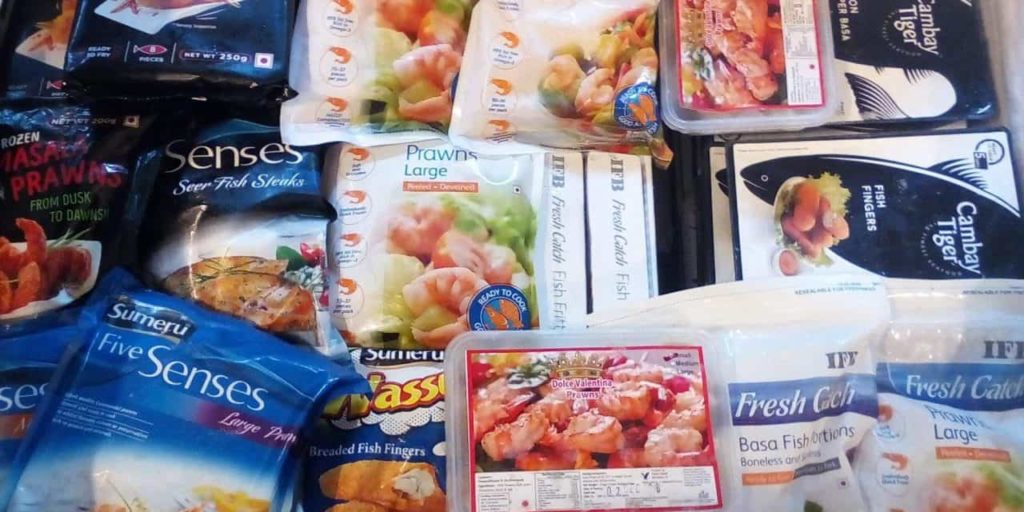The revenue of China’s household food industry totaled 5.87 trillion yuan (about 839 billion U.S. dollars) in 2018, up 5.8 percent year-on-year, according to a report released by market consultancy Mintel.
“With continuing consumption upgrading and enhanced knowledge about food, Chinese consumers are pursuing a more nutritiously balanced diet,” said the report.
This trend has provided greater opportunities for foreign food firms, many of which are eyeing the upcoming second China International Import Expo (CIIE) slated for November in Shanghai to promote new products and expand the market in the country.
French food giant Danone SA plans to introduce its popular products in overseas markets to Chinese consumers at the expo, such as baby food brand Happy Baby and plant-based dairy brand Silk.
“Danone will take the opportunity of the second CIIE to further expand the Chinese market with more high-end products and provide more choices for Chinese customers,” said Wang Huiying, who will oversee Danone’s participation at the expo.
Danone’s experience at the first CIIE was a rewarding one, with more than 10 products sourced from New Zealand, Poland and France bearing the same brand successfully introduced into the Chinese market.
Among them, two high-end milk powder products launched at the first CIIE have become “star commodities” on China’s cross-border e-commerce platforms.
“The upcoming CIIE will further boost China’s consumption upgrading and help fulfill the aspirations of the Chinese for a better life,” said Wang.
At the first CIIE last year, New Zealand dairy nutrition company Fonterra inked orders with a total value of over 12 billion yuan, according to financial news provider Yicai. Building on such success, the company plans to double its exhibition space at the upcoming CIIE.
“China is the largest, fastest-growing, as well as the most strategically important market for Fonterra,” said Zhu Xiaojing, president of Fonterra Greater China.
Zhu said Fonterra has unveiled a variety of new products in China this year in an effort to blend Chinese and Western cuisines.
“Behind these products are our hopes and efforts to stay closely attuned to the trend of consumption upgrading in China,” said Zhu.
U.S. food retailers have also jumped at the opportunities created by the Chinese market as customers have shown inclinations to embrace new retail models with big spending and an open mind.
In August, U.S. retail giant Costco Wholesale opened its first brick-and-mortar store on the Chinese mainland. This came after another retail giant Walmart opened its second Sam’s Club warehouse store in Shanghai earlier this year.
“The upgraded consumption demand in the country has provided huge opportunities for foreign enterprises,” said Bai Ming, an expert with a research institute affiliated to China’s Commerce Ministry. “Any suggestion to give up the Chinese market makes no business sense at all.”













